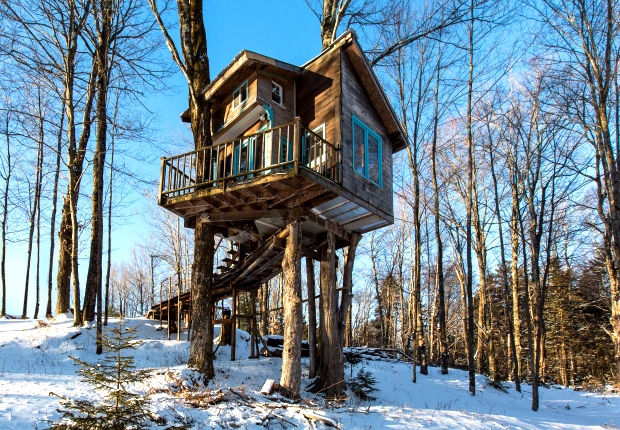This is a blog post which offers an introduction to what I mean when I talk about ‘platforms for creativity’.
I’ve been talking about ‘platforms for creativity’ for some time – a quick scan of my computer indicates that my first written-down use of the phrase was at least six years ago – but its significance has grown on me over time.
So this is a blog post about it. At the same time I am also publishing a neater version of my 2012 blog post ‘Platforms for Creativity: Eight principles’, with the astonishing title ‘Platforms for Creativity: Eight principles revisited’, so you might want to look at that too.
So what are ‘platforms for creativity?’
‘Platforms for creativity’ can refer to anything that is designed to foster the creativity of people, or to encourage creative conversations, as part of everyday life or within a more particular context. Platforms for creativity can be events, spaces, environments or tools. They can be very large or very small. So an imaginative network of libraries or museums might be a very big platform for creativity, or two people tinkering with a handful of Lego would be an example of a small platform.
These platforms, whatever their size or type, are about offering people opportunities to creatively express themselves and to – perhaps, ultimately – transform their worlds.
Platforms for creativity can help people to connect with each other build shared understandings. Over time, they can potentially contribute to social change, community resilience, and sustainability.
Platforms for creativity typically present an invitation to do something. This can be something very simple, but the fact that a platform has been created for it makes it more meaningful.
A great example of this is the Global Cardboard Challenge. It’s incredibly simple. The Global Cardboard Challenge invites you to make something out of cardboard. You might do it with others, and you are encouraged to share pictures of the activity online. But that’s all.
Now, that’s very simple. It’s barely an idea at all. Anybody who wants to make something out of cardboard, you might observe, can do that anyway. The thing that makes it magic is that people have been invited to do it, as part of some larger project – a global challenge! – and with an inspiring starting point (in this case, the online video Caine’s Arcade, the true story of a 9 year old boy who made a whole world of arcade machines out of cardboard).
Other platforms offer similarly open, unspecific invitations. Online, YouTube invites people to fill it with videos about anything. Wikipedia invites articles about whatever you like. Minecraft invites you to build anything you can imagine within its world. Offline, knitting groups invite people to come together and knit. Maker Labs invite you to tinker and make whatever you fancy with 3D printers and electronics. Forward-looking libraries open their doors to people who like to create together.
All of these are broad and unspecific invitations – things you could probably do anyway and elsewhere – but it’s the particular invitation to share an experience with others, with some simple bit of framing to give it meaning, which makes it an actual thing that people like to do together.
So when we think about platforms for creativity, we think about how they engage people – in terms of both minds and bodies – and the materials or environments that are offered, as well as how the invitation is framed, and the use of inspiring prompts, things or people.
As we develop opportunities for people to be expressive and creative, we help to ensure that we live in thriving communities of people who are engaged with the world around them. We help people to recognise that they can make and shape their own worlds, and do not merely have to consume stuff made by others. It’s in this way that platforms for creativity can be fun, sweet and nourishing, and also vitally important for society and culture.
Photo by Flickr user Sébastien Barré (see original), used under a Creative Commons BY-NC-SA 2.0 licence.








Leave a Reply